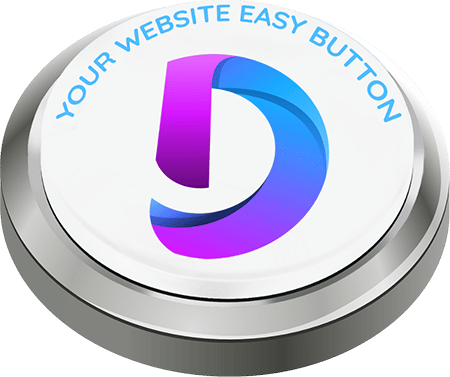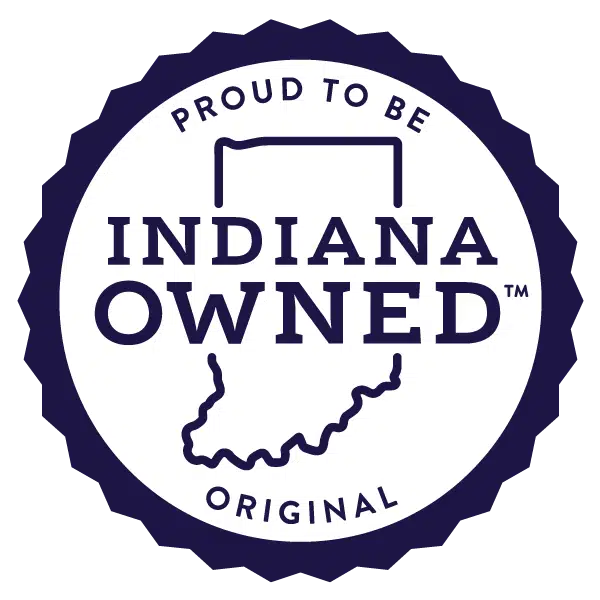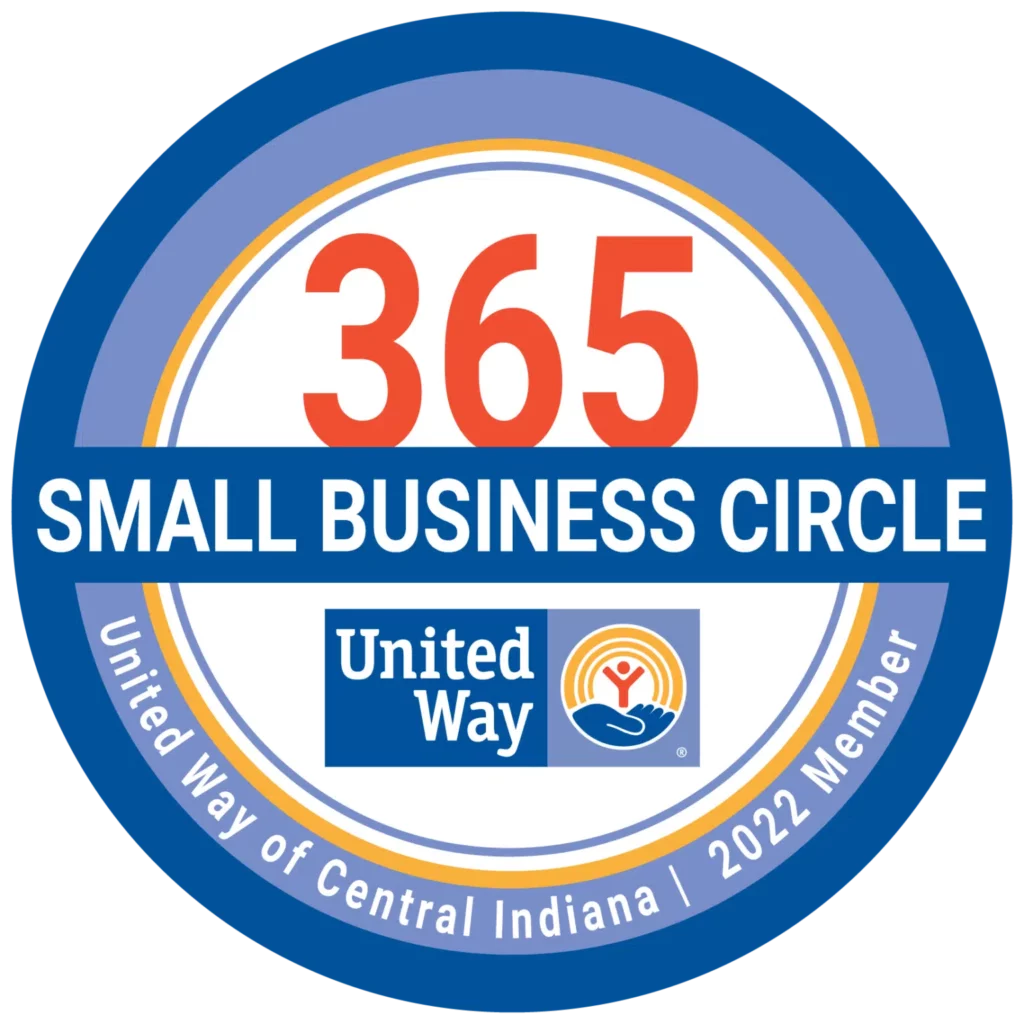Indeed, when it comes to website design, not everything you hear will be correct. Because website design and development evolve at such a dizzying pace, there aren't many universal principles, and most of them are really only guidelines.
Today, we are here to bust the most common website design myths. Read on to discover more.
MYTH: All Vital Information Should Appear above “The Fold”
This concept arose around the time that newspapers began to fold. In retail sites such as newsstands and newsagents, just the top half of folded newspapers are shown. In this area, the newspaper had the opportunity to attract passersby and sell copies, hence it was an important component of the newspaper.
The number of graphic designers shifting their practices online increased significantly in the late 1990s and early 2000s. During the early days of the internet, the majority of users utilized personal computers with screen sizes of 15 or 17 inches and resolutions that were comparable. The exact same section of the page was displayed on practically every device.
MYTH: Web Design Enhances the Aesthetics of a Website
Web design entails more than just selecting the appropriate colors and fonts. The capacity of a website to fulfill business goals is directly proportional to its design. Every pixel counts in terms of e-commerce earnings and customer engagement.
Conversions, such as sales or leads, can also be influenced by the placement of buttons on a website and the colors used, which is why a website must be designed for visitors.
MYTH: One Web Page Must Be Displayed in Every Browser
No, this is not possible or practical. Every browser has its own layout and rendering engine for interpreting and displaying code. Because of the basic differences in how they work, each web browser will show your website differently.
However, unlike Internet Explorer, a line of text will not break while using Chrome. There can be major variances between locations. Browser compatibility occurs when a website employs coding methods that are not supported by all browsers. Flexbox is a new CSS method that is compatible with Chrome, Firefox, and Safari, as well as Internet Explorer 10 and later versions, but not Internet Explorer 9. The overall structure of the website would be changed.
To preserve a uniform image for the company, these differences must be eliminated. However, time and financial constraints will make this impossible in the long run.
MYTH: The Homepage Is the Most Important Aspect of a Website
The website's homepage is no longer the most crucial page. This is due, in part, to the way people find information on the internet. Google's search engines are clever enough to rank relevant material rather than merely a website's homepage based on the word you typed into the search bar.
Many websites, particularly those that focus on online shopping, have landing pages and marketing pages that also serve as entrance points. Putting too much focus on the aesthetics and substance of the home page could be detrimental to the rest of the website. You must capture and hold your audience's interest on the first page.
Conclusion
Perhaps it all boils down to online presence. In this day and age of the digital world, businesses must attract users through a virtual and online experience. As such, it is only crucial to carefully execute a sophisticated website design.
Are you interested in website design for small businesses? Distinct is here to offer you high-quality expertise and services. Get in touch with us today to learn more!







